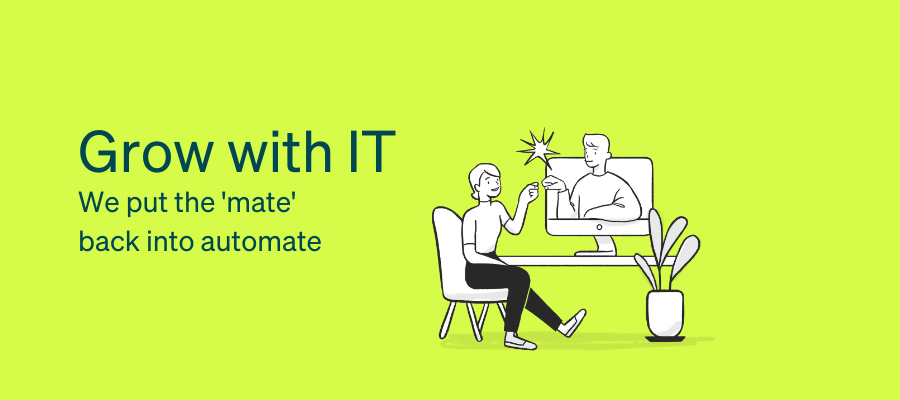The right new tech can give your business the edge when it comes to customer services, operational efficiency, and product delivery, positioning you for growth. But with such a vast selection of platforms, apps, hardware, and services, how do you know what tech is the best fit? Here are our tech investment tips.
#1 – Consider your business goals
What is it that you want this new technology to deliver? Is it the ability to create collaborative remote working teams? To streamline operations or business processes? To make compliance simple? Or to make it easier to gather and analyse data relevant to your KPIs? When you have a clear picture of the goals you want your business to reach it’s easier to align them with the most appropriate tech.
#2 – Take into account long-term benefits
Some tech offers solutions for the challenges you face now – other solutions bring in potential for reaching longer-term goals. For example, if you have no machine learning or AI tech, but you can see the opportunities this is creating in your sector (notably retail, supply chain, manufacturing, and healthcare), then it may be worth putting on the table. Over the long-term, AI tech allows you to gather and utilise more data in decision-making, forecast demand, and react with agility, so this may be a good investment if those benefits are important to your goals.

#3 – Looking at the long-term value of investment
Budgets are always a key part of decision-making, but it’s more important to consider how the investment will drive value. An expensive system is not always the answer if it’s not going to create a significant impact on your most important KPIs, but it will be worthwhile even if you have to access additional funding if it will drive major growth and profitability. At the same time, investing in cheaper tech that isn’t scalable or doesn’t have all the features you need can be an expensive investment if it only delivers in the short term. You don’t want to be faced with a second, larger expense in a couple of years.
#4 – Considering existing workflows
It’s essential that the tech you are considering is compatible with existing workflows and IT infrastructure. While a comprehensive overhaul may be needed in the case of higher risk legacy systems or a complete digitisation journey, you don’t want to spend money fixing what isn’t broken or causing inefficiencies by compromising workflow. This means auditing your current technology and workflows to see what tech offers the best benefits with the least waste, disruption, and downtime.
#5 – Forgetting about security
Digitisation comes with plenty of risks as well as rewards – and the perfect solution isn’t perfect if you don’t have key IT security features. This includes protections against cyberattacks, data protection through backup solutions, and recovery solutions that provide an essential safety net against disruption and downtime. You may not think your organisation faces a high risk, but whether it’s human error, an office flood, or a hacker, the risks and the cost of downtime are very real.

#6 – Not having the right partner
IT investment is complex, and many organisations go into this process blind or with minimal knowledge. A good IT consultant is worth their weight in gold when it comes to this process because they know all the solutions out there, their compatibilities, features, and weaknesses in detail. They also have the vendor relationships to ensure you get the best deals and the ability to provide the support and services to plan, implement, manage your rollout – as well as the ability to maintain your system.
VCIO and IT consulting services from Otto
Otto is a leading provider of end-to-end outsourced IT services in Melbourne, including virtual CIO services, strategic IT planning, and project management services. Flexible, available immediately, and cost-effective, we ensure your organisation can access the technical and business expertise needed to grow stronger, faster. Contact us today for custom IT solutions for your space.



